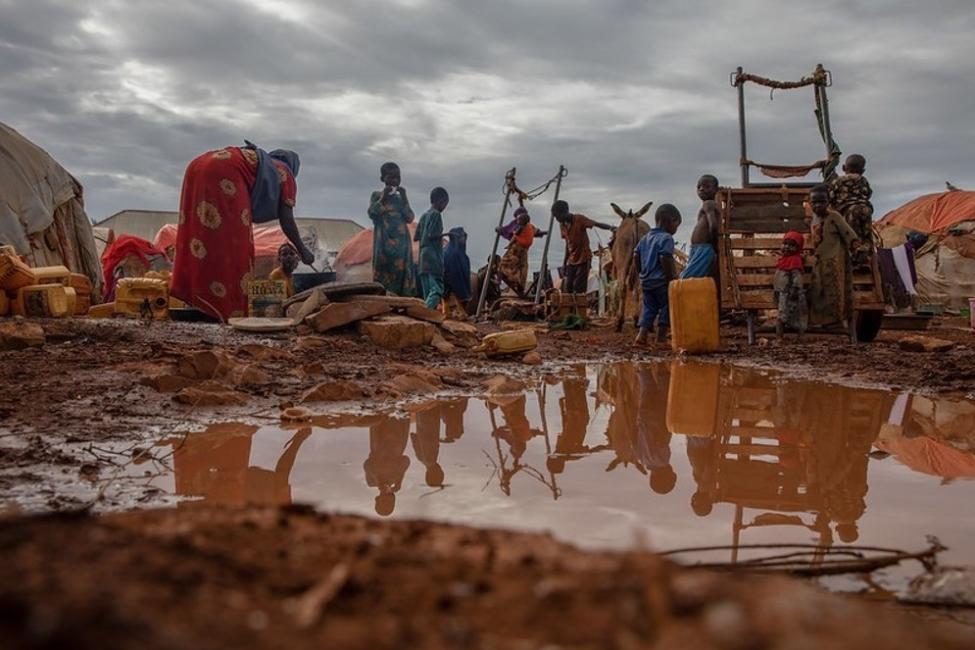Geneva, 14 May – An unprecedented 75.9 million individuals were living in internal displacement at the end of 2023, according to a newly released Internal Displacement Monitoring Centre (IDMC) report. Nearly 47 million new internal displacements, or movements, were registered in the same year, highlighting the urgency to protect internally displaced people and prevent future displacements.
“As the planet grapples with conflicts and disasters, the staggering numbers of 47 million new internal displacements tells a harrowing tale,” said the International Organization for Migration (IOM) Deputy Director General Ugochi Daniels. “This report is a stark reminder of the urgent and coordinated need to expand disaster risk reduction, support peacebuilding, ensure the protection of human rights and whenever possible, prevent the displacement before it happens.”
The Global Report on Internal Displacement (GRID) shows that conflict and violence triggered 20.5 million displacements. Of these, Sudan accounted for almost 30 per cent, while the Gaza strip accounting for 17 per cent – 3.4 million – in the last three months of the year.
Disasters continue to displace millions of people every year. In 2023, disasters such as cyclone Freddy in south-eastern Africa, earthquakes in Türkiye and Syria, and cyclone Mocha in the Indian Ocean led to 26.4 million movements, accounting for 56 per cent of the total new internal displacements. Remarkably, there was a rise in disaster-induced displacements in high-income nations, exemplified by Canada, where an unprecedented wildfire season led to 185,000 internal displacements.


Internal displacements between 2014 and 2023. © IDMC, GRID 2024
In the years to come, the number of people displaced by disasters is expected to rise as the frequency, duration, and intensity of natural hazards worsen in the context of climate change we are seeing such tragedies occurring in the last weeks in Brazil and in Kenya.
Despite these daunting challenges, knowledge gaps remain, and the international community needs better data to understand, prevent, manage and address internal displacement in conflict and disaster contexts.
The report is an invaluable tool for humanitarian and development partners, governments, and a range of diverse stakeholder groups as they work to resolve existent displacements and prepare for future displacements.



